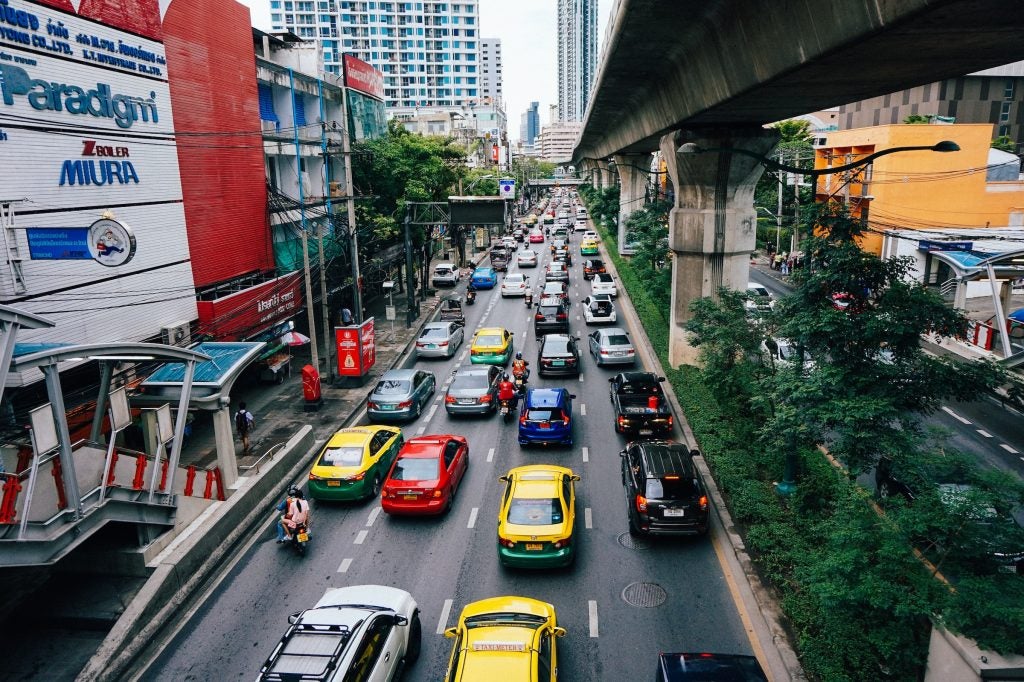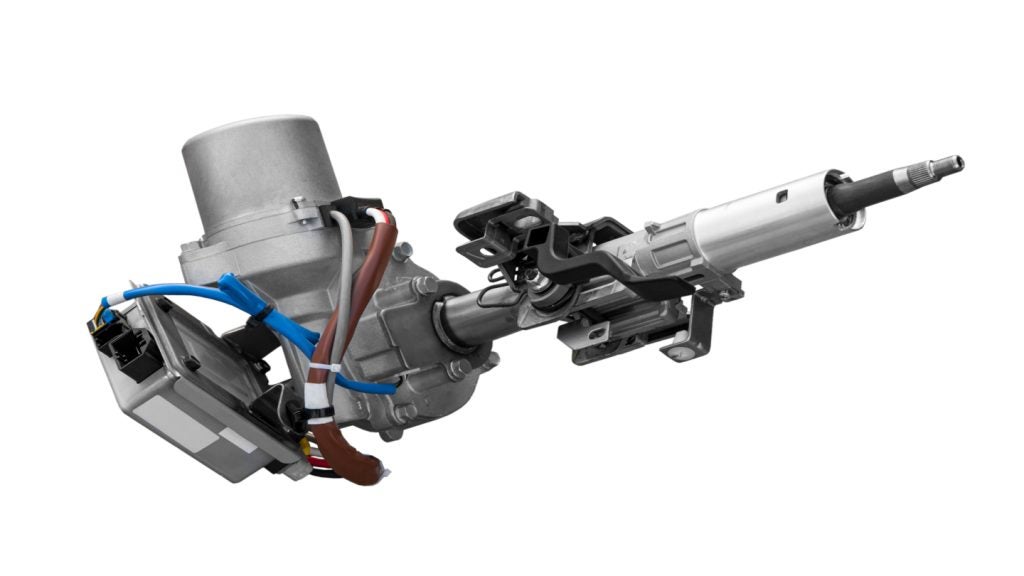After sampling the GranTurismo Sport, Glenn Brooks suddenly understands why the enthusiast magazines get so excited about Ferrari-engined Maseratis.
I had wanted to try the new Quattroporte, but a UK-spec one wasn’t yet available, so the importer lent me the GranTurismo Sport as a sampler for what the brand is all about. Sales were up by 33 percent in July and that means 194 cars have now been sold in 2013, making Britain something of a booming market for Maserati.
The long ago dark days of poor quality and low sales are largely forgotten, and now the company is pressing on with plans for a major expansion. More leveraging of Fiat Group’s alliance with Chrysler where it makes sense to do so, and additional models such as the Ghibli and Levante are the big changes to what had been a formerly fairly conservative growth strategy. If Porsche can make a big SUV its best selling model, surely Maserati should be looking at launching a challenger to that vehicle, went the thinking.
As the saying goes, a journey of a thousand miles begins with one first step. So before this revered Italian company can run, it has been careful to start at a modest pace. The first steps were taken back in 2007 when the production version of Progetto M145, the car which became the GranTurismo, appeared at the Geneva motor show. It began rolling into European and US showrooms from the middle of that year.
The coupe was styled by Pininfarina and wears the traditional cursive font badges of the coachbuilder and engineering firm on its flanks. The LM139 architecture was derived from what is now the former, fifth generation Quattroporte, and even though the wheelbase was shortened – four-door Maseratis have always been big, long cars – the GranTurismo really does have room for four people, I was surprised to see. You wouldn’t call it lounging room, and the front seats slide forward annoyingly slowly, so if you need a limo-like Maserati, a Quattroporte is going to be a far better idea.
Originally, there was a 400bhp 4.2-litre Ferrari designed and built atmospheric V8 powering the coupe, but the GranTurismo S was added in 2008. This had a 433bhp 4.7-litre V8. Acknowledging requests from dealers in parts of Europe and the US, an automatic option for the S premiered at the 2009 Geneva motor show. Exactly three years later, the S was superseded by the Sport. It gained visual modifications and 20 more horsepower.
How well do you really know your competitors?
Access the most comprehensive Company Profiles on the market, powered by GlobalData. Save hours of research. Gain competitive edge.

Thank you!
Your download email will arrive shortly
Not ready to buy yet? Download a free sample
We are confident about the unique quality of our Company Profiles. However, we want you to make the most beneficial decision for your business, so we offer a free sample that you can download by submitting the below form
By GlobalDataThere is a further variant, the MC Stradale, which has two seats and is seen as a bit more hard core. It takes its inspiration from the racing version which competes in the Maserati Trofeo Championship. The latest variant premiered at this year’s Geneva show, with production commencing in June. Unusually, it is built alongside the Quattroporte at the Officine Maserati Grugliasco/Giovanni Agnelli plant in Turin instead of at Maserati’s own Modena factory. More about manufacturing in a moment.
I haven’t mentioned the M147 series convertible, which was first seen at the 2009 Frankfurt IAA, so let’s backtrack just briefly. The GranCabrio name is used in most markets, including this one, but readers in North America, Australia and NZ will know it as the GranTurismo convertible.
Whether you order the coupe or cabrio, the Sport comes equipped with the Skyhook active damping system which somehow manages to give this car a ride that amazes with how supple it can be. I had friends to stay last weekend and a 10 mile trip on winding roads to a favourite restaurant had them insisting they were perfectly comfortable and not pleading to get out – I didn’t put my foot down too hard as I thought it best not to scare both mates and other half.
A solo drive on Sunday was when I discovered how incredible the GT is. Drive around town, even over speed humps, and you won’t dislike this car. Think of it as a slightly louder, definitely roomier Jaguar XK8. It is low, it is wide and if you press the Sport button the exhaust becomes very loud. WHAT a sound. The automatic gearbox slurs its changes beautifully, there is no shunting, no lumpy idling (there is also no stop-start) and the driving position doesn’t force you to perform contortions. You really could drive the GranTurismo every day.
Anoraks like me can identify where else we’ve seen some of the interior buttons but it’s all high quality trim: the press car’s leather seats and door panel coverings were 20,000 miles old and looked almost new (it had a 62 registration plate). You couldn’t say that about an Italian supercar a decade ago could you? Maybe a 911 feels slightly more premium but I can’t really imagine too many people will consider both cars. The Maserati is far more of an emotional purchasing decision – how could it not be with that glorious name and the heritage which comes with it – though it shouldn’t be: it’s as sensible a choice as an M6, XKR, 911 Carrera S or V8 Vantage.
Performance numbers? This GBP93,000 supercar is said to reach 62mph or 100km/h in 4.7 seconds and has a stated top speed of 300km/h. The acceleration is accompanied by a symphony of bass that becomes something approaching a scream as you approach the 7,000+rpm redline but how often will you be winding it out to maximum revs? For me, the best thing about this car is what happens when you use the paddle shifters to downchange. Pull the left-hand one as you take your foot off the throttle and the sound emitted by the automatic blipping is fabulously melodic.
There is almost nothing I would change about this car (a lower price so I could buy one would be handy); it has been so well developed and tweaked since the launch of the original six years ago. We know that it will be with us for a further two years, as Fiat told an investors’ conference in December 2012 that the GT and Cabrio replacements will be launched during 2015. Next time around there will be extra derivative, a revival of the GranSport name, to further expand sales. I would expect to see a new platform derived from the bespoke architecture which was developed for the latest Quattroporte.
There are rumours which claim that Maserati will go after Boxster and Cayman buyers with two additional cars. You can certainly see a business case for these models, especially if they use an evolution of that same Quattroporte-sourced platform. Further details? Sorry, I have none to share but expect these front-engined Porsche challengers in 2016 or 2017.
As for the firm’s big saloon, this was the first Quattroporte to offer all-wheel drive (LHD cars only) and there have been other minor revolutions for Maserati such as a stop-start system, an eight-speed ZF automatic gearbox and multiple unseen Chrysler Group LX platform commonalities such as the electrical system, air conditioning and, tellingly, the front seat mounting points. Both 410hp 3.0-litre V6 (RWD or AWD) and 530hp 3.8-litre V8 (RWD only) petrol engines feature, plus a special 330hp version of the V6 is offered in the Chinese market, having premiered at the Shanghai motor show in April.
The Quattroporte is built at the former Bertone plant in the suburbs of Turin, which leads to an interesting point. I cannot recall ever having seen official manufacturing forecasts from Maserati prior to the launch of this model, which just goes to show how serious the company now is about its ambitions. A figure of 80,000 Quattroportes over a 7-8 year lifecycle was announced at the time of the global debut at this year’s Detroit motor show, with peak sales of 13,000-15,000 in 2014. Hitting that target will go a long way towards garnering the juicy profits which will be needed to repay the investments that continue to be made by Fiat.
Getting the Quattroporte onto the market six months ahead of a new S-Class and a mid-life update for the A8 & S8 was a clever move. An even smarter one was the decision to develop the M157 project. This became the Ghibli, a rival for the Mercedes-Benz CLS-Class and Audi A7. It had its global debut at the Shanghai motor show in April, and like its big brother, both rear- and all-wheel drive variants will be available, as will a turbocharged V6 engine. While this is the first diesel Maserati, I have heard that its VM Motori single-turbo V6 will be either replaced or supplemented by a bi-turbo unit in 2015. Ghibli production is alongside the Quattroporte at Grugliasco.
The final piece in the future models puzzle is the vehicle I mentioned right at the start of this feature, the M161. This big SUV is due to be launched in mid-2014 and will be called Levante, not Kubang, as originally thought. Chrysler Group has been tasked with modifying the (Mercedes-Benz W164 platform-based) Jeep Grand Cherokee to create it. Build was originally supposed to be alongside the GC at Chrysler’s Jefferson North plant in Detroit, but in November 2012, Fiat-Chrysler’s CEO told investors that the vehicle would instead be built “in Italy”. This is likely to mean Fiat Group’s Mirafiori works and that makes sense – Maserati will need to be building vehicles somewhere other than at Grugliasco for it to reach its medium term goal of 50,000 sales a year.
Engines for the Levante? Just as the production location is not yet official, neither are the model’s powertrains but a 3.0-litre turbo V6, a 3.8-litre turbo V8 and a 3.0-litre diesel turbo V6 seem logical. Sergio Marchionne has also suggested that a Ferrari V8 might just find its way under the bonnet of Maserati’s first SUV. Having been bewitched by three unforgettable days’ temporary custody of a GranTurismo powered by just such an engine, I can only dare to imagine how great it would sound. Let’s hope Sergio gives that one the green light for production.






